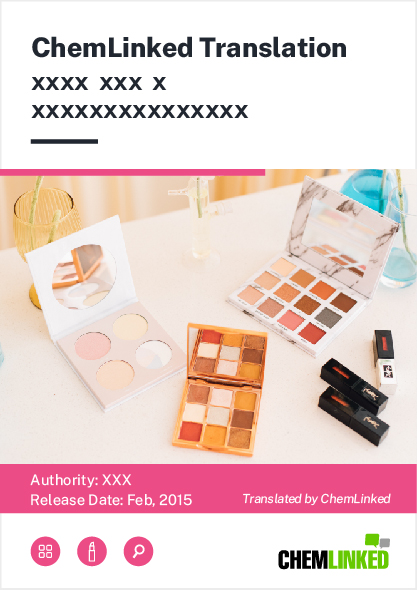NIFDC opened three testing methods for cosmetic ingredients for public consultation on July 12, 2023, including Determination of Selenium Disulfide in Cosmetics. The details of this testing method are shown in the following table.
No. | Method Name | Testing Object | Testing Method | Applicable Scope | Drafting Purpose |
1 | Determination of Selenium Disulfide in Cosmetics (Draft for Comments) | Selenium Disulfide | Hydride generation atomic fluorescence spectrometry (HG-AFS) | This method is applicable for the determination of selenium disulfide in anti-dandruff shampoo. | Currently, the standard for determining selenium disulfide in cosmetics in China is fluorescence spectrophotometry, as specified in Chapter 4.3.2 of STSC 2015. However, the pretreatment of this method is not effective in extracting selenium disulfide from cosmetics. As a result, when detecting anti-dandruff shampoos with the claim to contain selenium disulfide, the detected amount in some samples is significantly lower than the actual amount added to the product. Additionally, this method involves complex operational steps and is affected by numerous interference factors, which cannot meet the current testing needs of the industry. Thus, there is an urgent need for a more reasonable, efficient, and accurate detection method.
To address this, the Determination of Selenium Disulfide in Cosmetics has been developed, satisfactorily providing a more accurate detection approach and supporting the scientific supervision of cosmetics. |





 Original regulatory document
Original regulatory document
